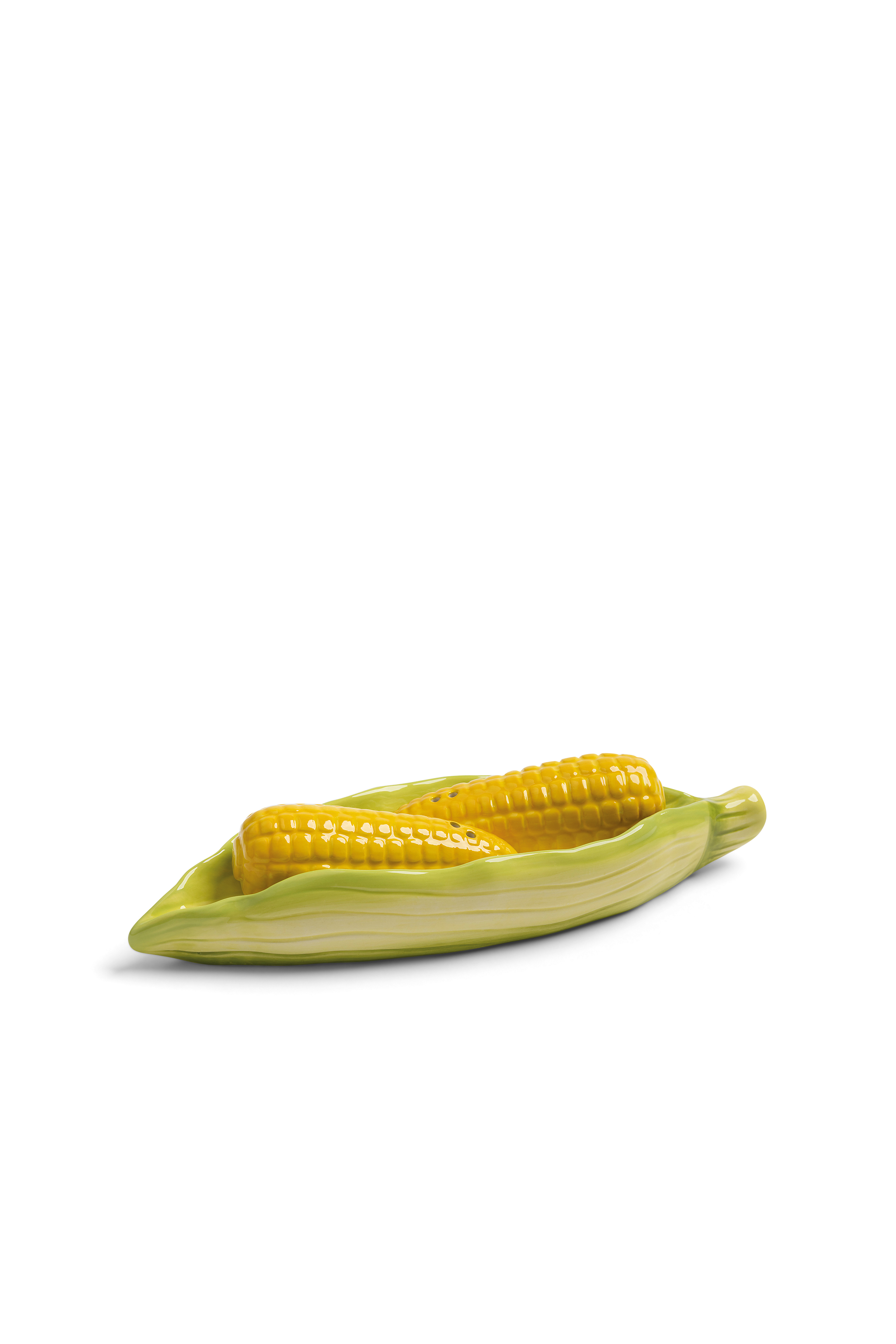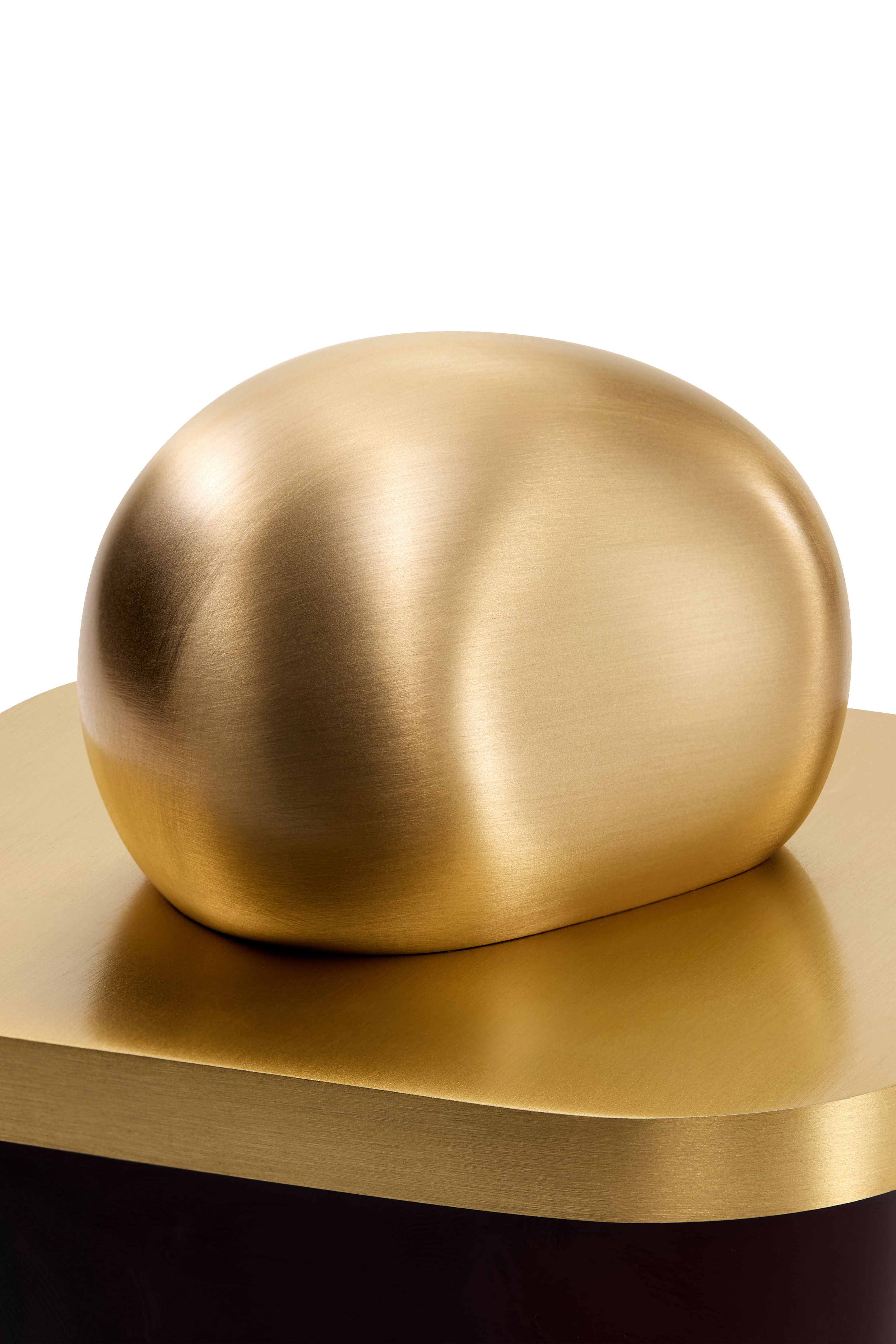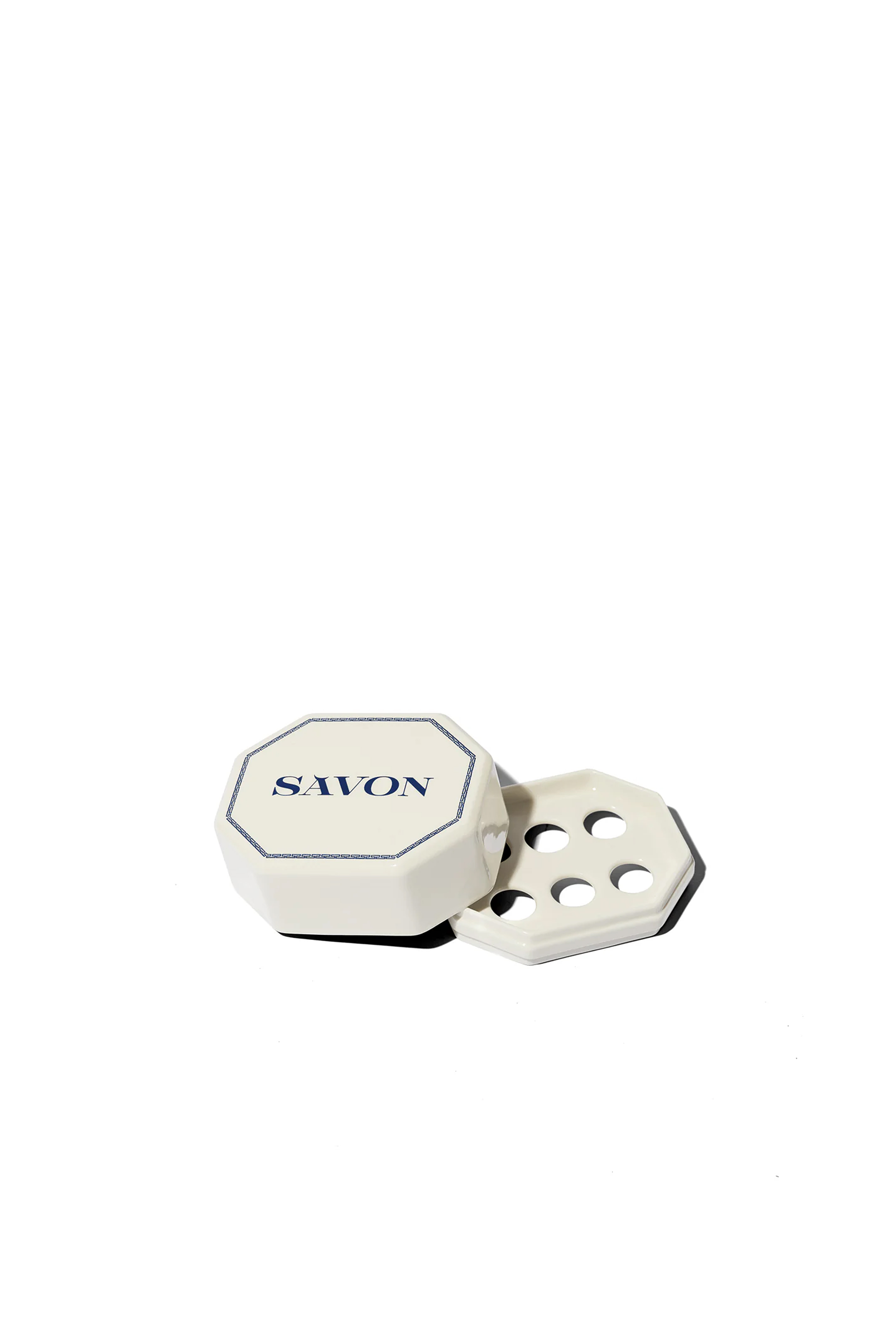My Account
LOGIN
Shop
Curated Market
Brands
Stores
Launches
Nous Stories
Events
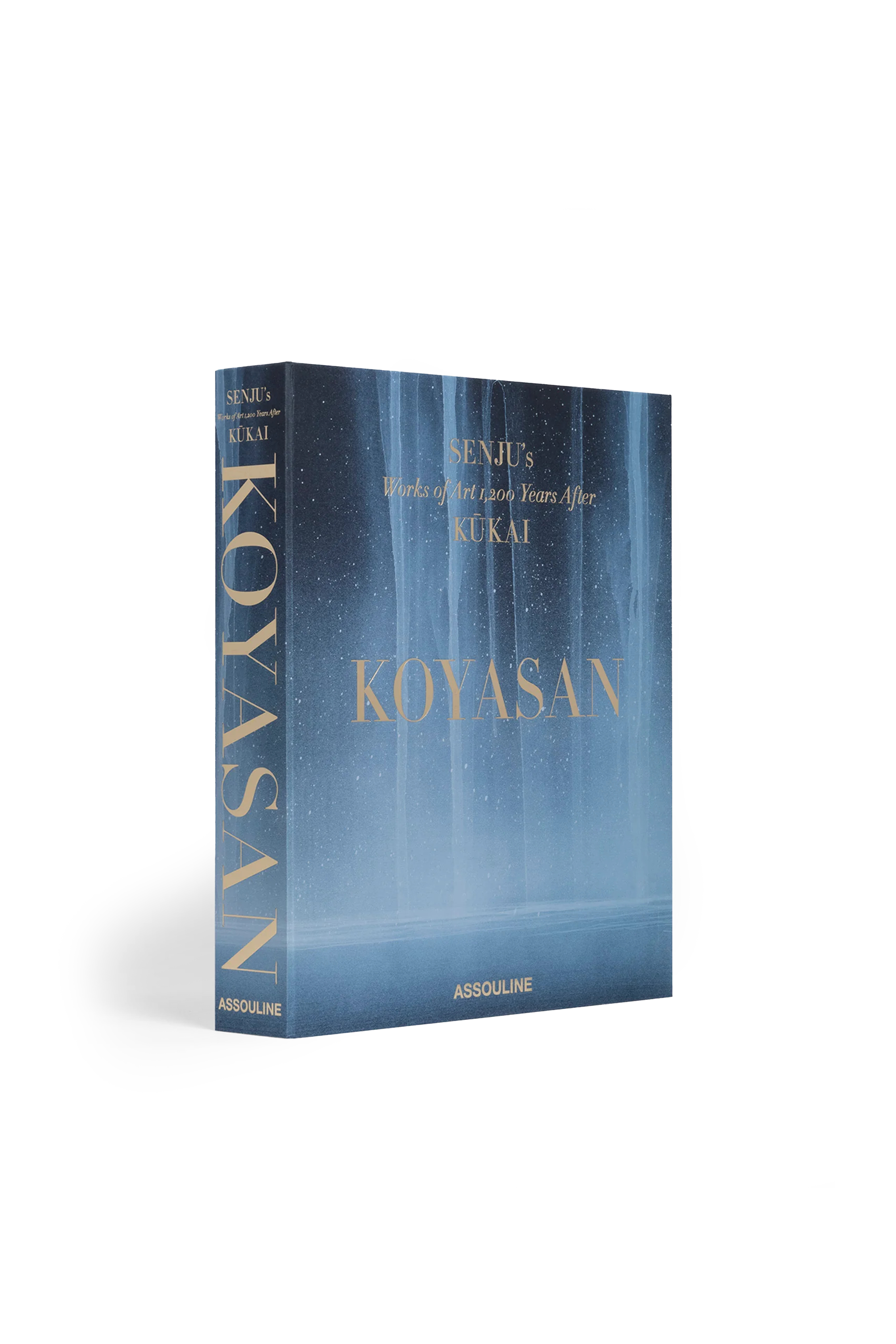
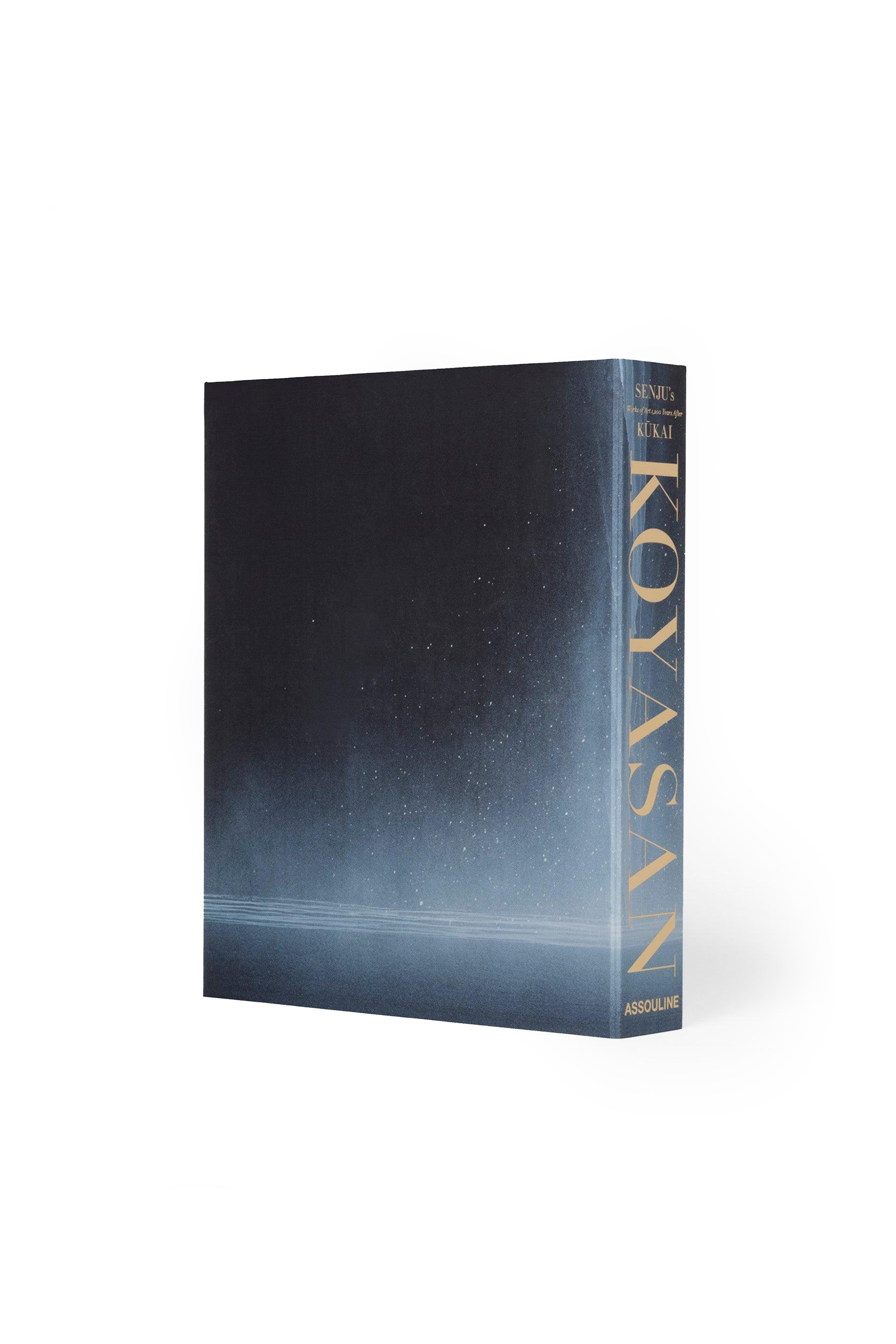
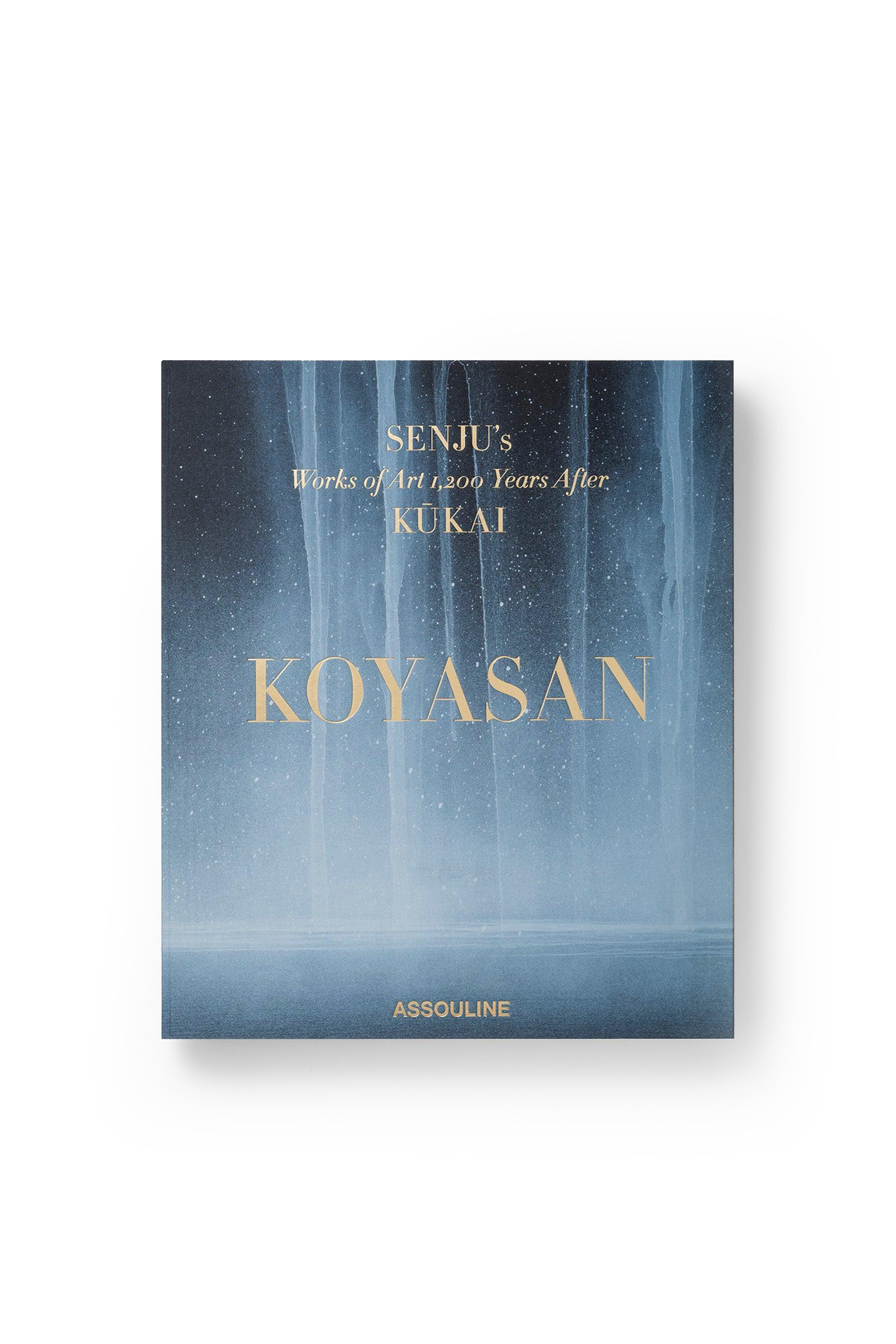
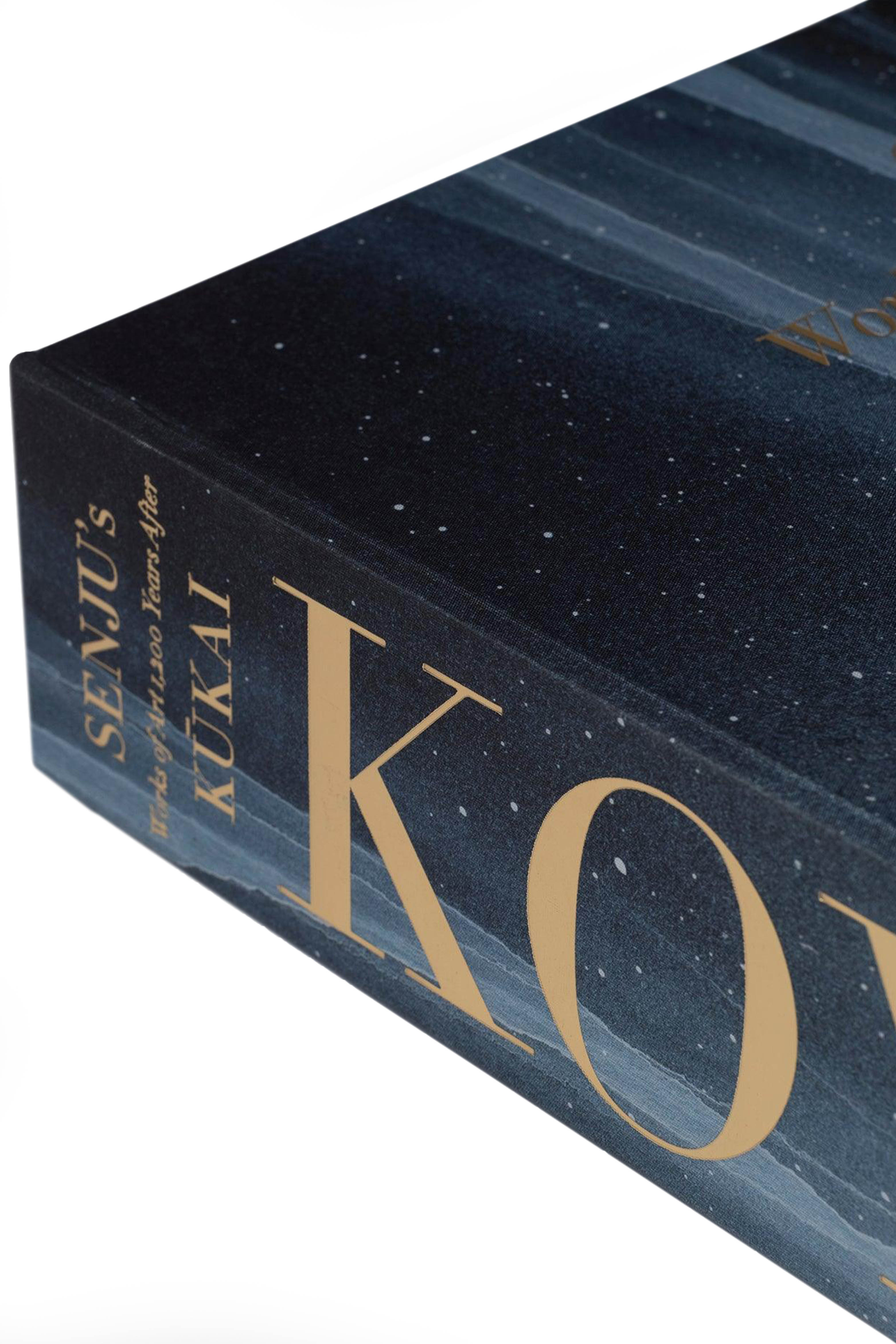
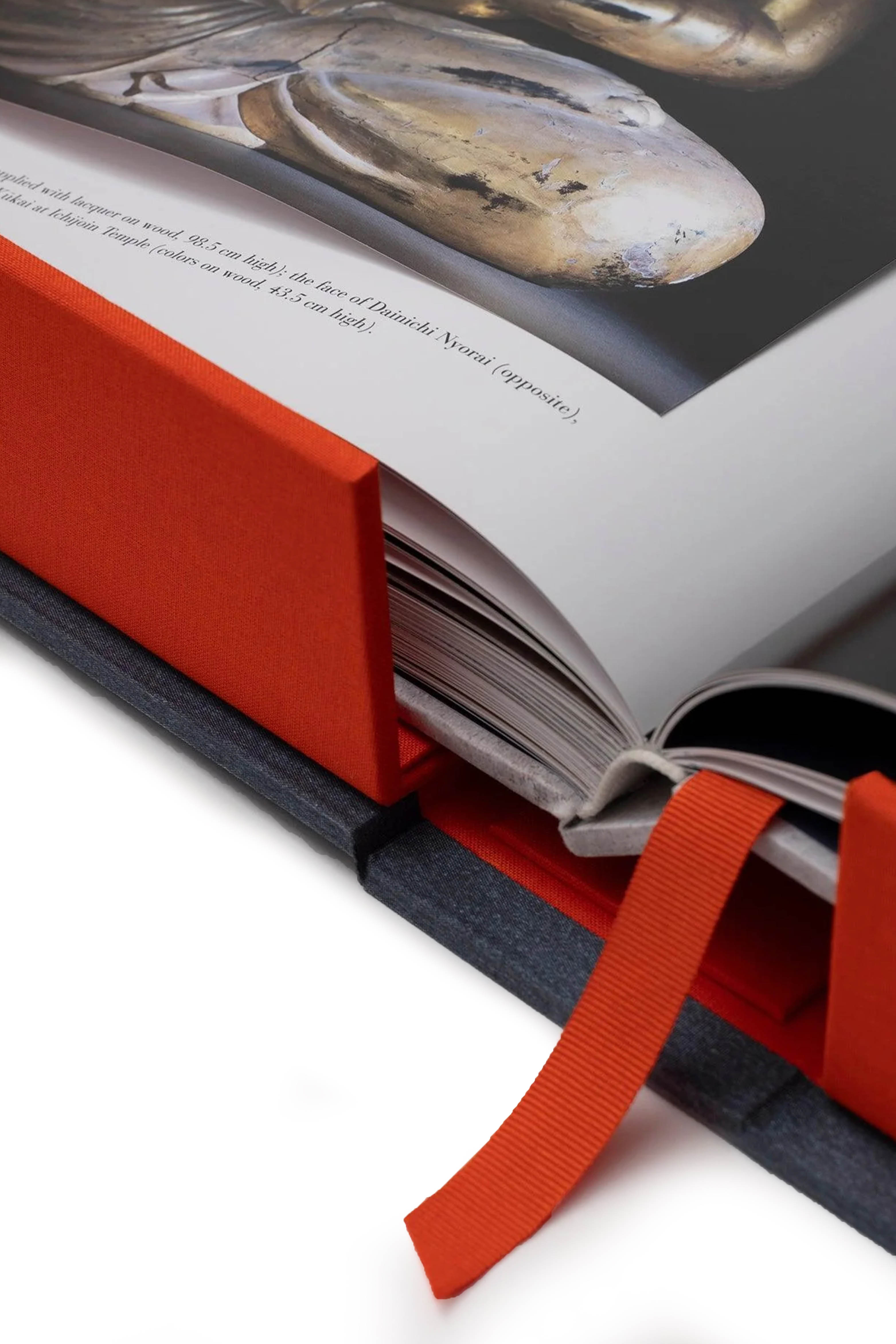
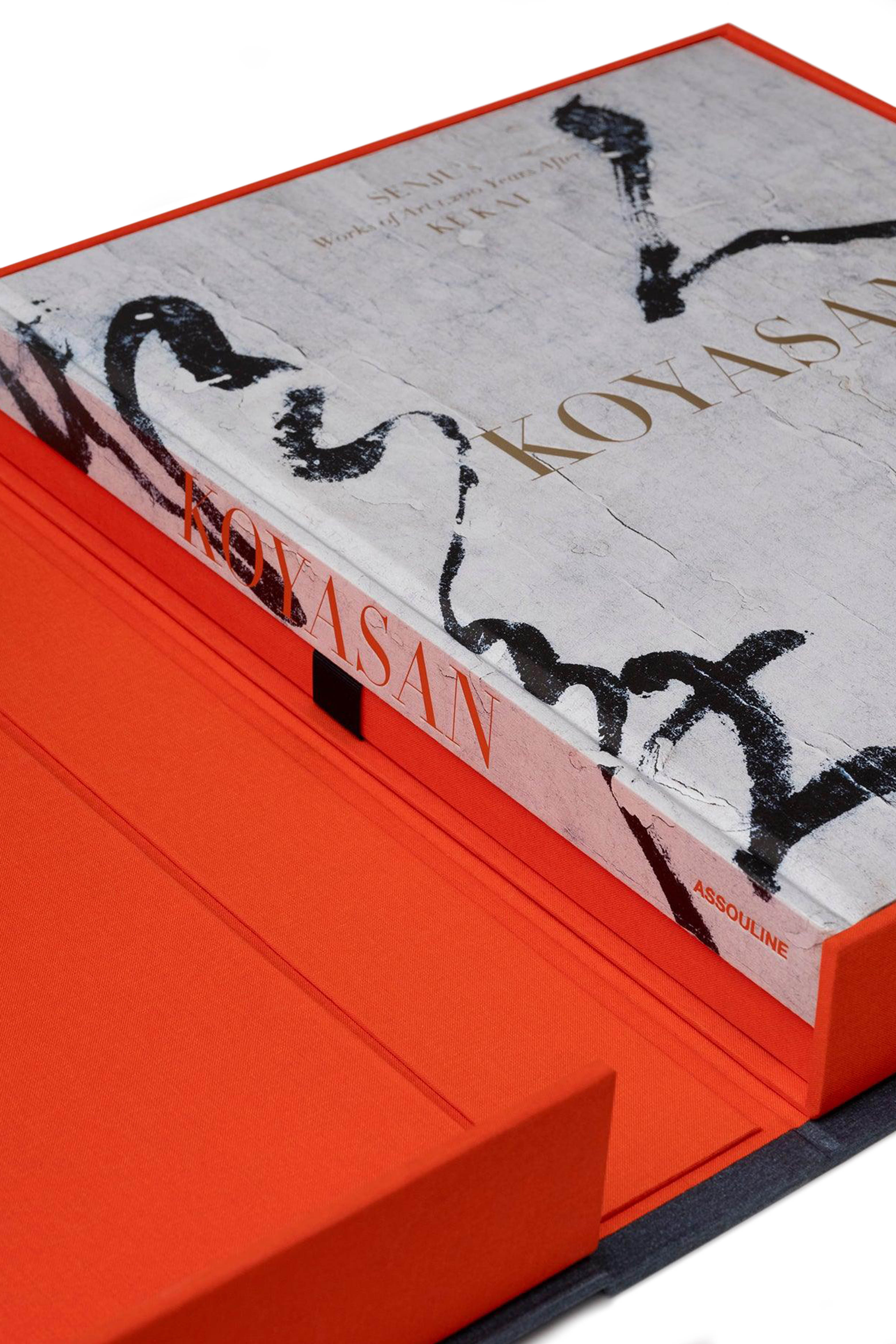
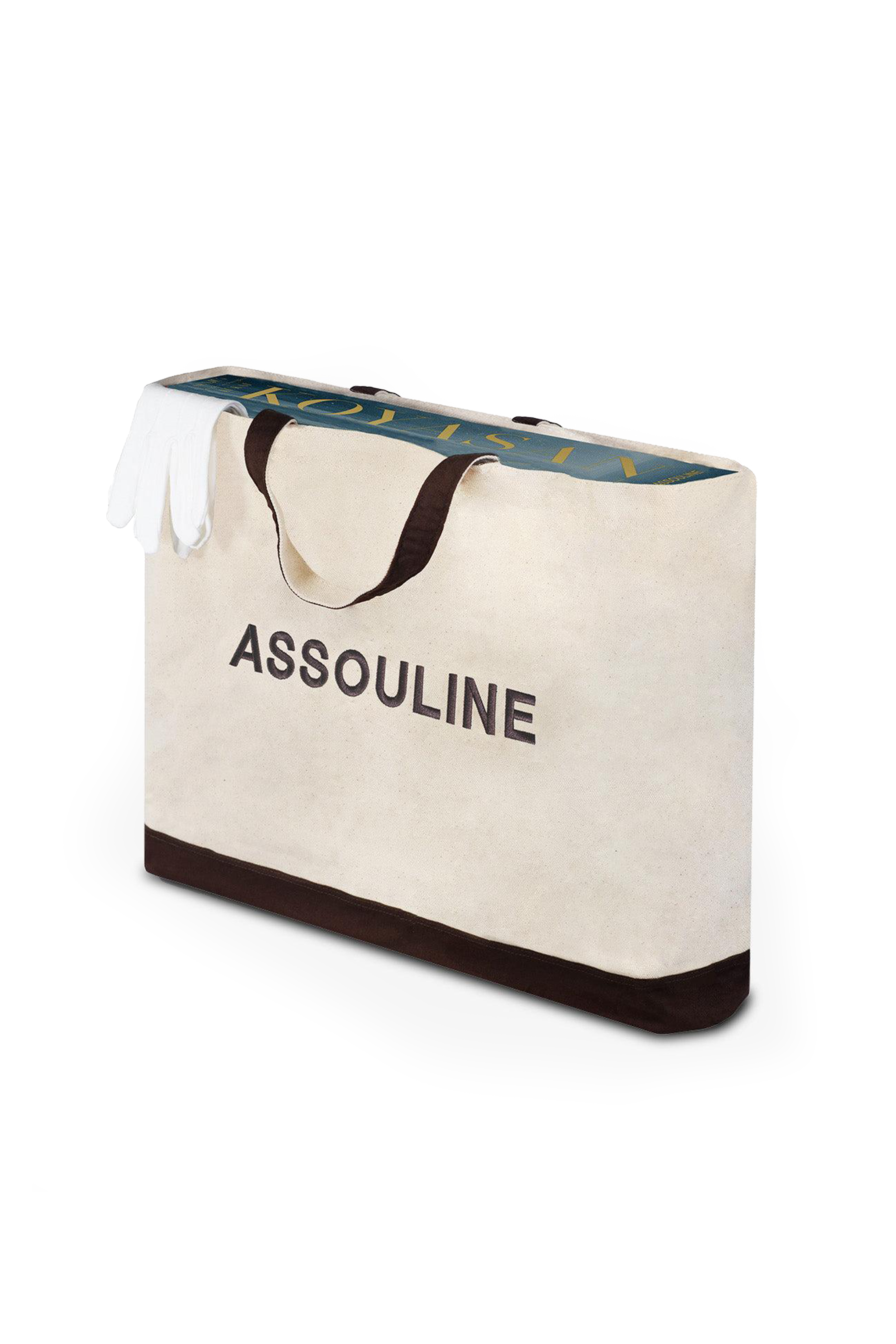














ASSOULINE-KOYASAN: SENJU'S WORKS OF ART 1,200
Assouline
₱80,298.00
COLOR
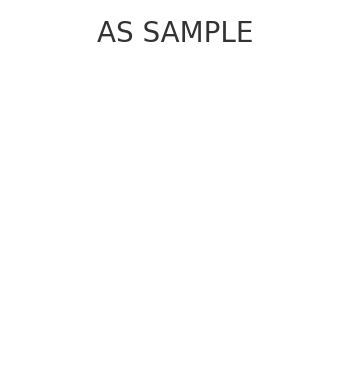
Size Guide
Koyasan: Senju’s Works of Art 1,200 Years After Kūkai, is a tribute to both Senju Hiroshi, a celebrated contemporary Japanese artist, and Kūkai, a Japanese Buddhist monk credited with founding the Shingon sect of Buddhism. The book primarily centers around the sacred Kongobuji Temple, which sits atop Mount Koya in the Wakayama Prefecture of Japan, and serves as the headquarters of the Shingon sect. Moved by the surrounding pine trees, rocks, and streams that Kūkai found atop Mount Koya, he chose to create his center for his esoteric doctrine there, and the temple that stands in Koyasan today was at the spot on Mount Koya where Kūkai found enlightenment some 1200 years ago.
With Koyasan as the main character, and Kūkai and Senju in the service of the pervasive beauty surrounding Mount Koya, this title’s opening scene begins on the mountain, with a text by the head monk telling the story of Kūkai from birth and how he came to Koyasan. The book includes quotes from Kūkai’s poems, generous installation views of Senju’s works at the temple, as well as Japanese national treasures like statues and artefacts that belong to the temple’s collection. Also presented within, are images of the modern day monks and their rituals honoring Kūkai, a text from Senju Hiroshi himself about his connection with Kūkai, and the journey to produce the paintings. This beautifully made tome is indicative of the quiet meditative peace and honor of Kūkai.
Weight
16.5 kg
Author
Text by Rev. Soeda Ryusho, Photography by Jumonji Bishin
Dimensions
W 40 x L 47 x D 8 cm
Complimentary white gloves and a signature canvas tote bag are included with each purchase from Assouline's Ultimate Collection
9781649800626
